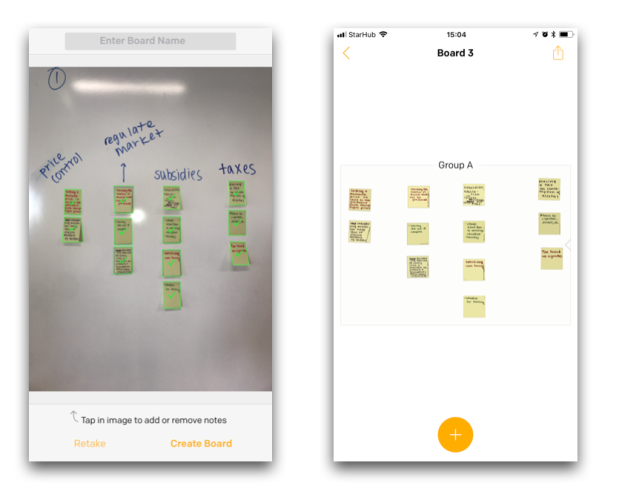In beginning a new unit, teachers always look for prior knowledge and then attempt to build on these understandings. A wide range of research points to this as an essential way to make ‘learning stick’, by developing students mental schema and to help them hang new learning from existing frameworks.
Activating prior knowledge
In starting a new topic looking a range of government interventions, I firstly wanted to surface some examples that students could identify and secondly see if students could develop their own groupings and classifications. The big conceptual understanding we were working towards was:
Governments may intervene in markets with the intention of balancing efficiency, equity and/or sustainability.
To eventually get to this deeper understanding, they need be able to create generalisations about government interventions, drawing on case study examples from different contexts. The use of examples help them understand how governments might balance equity (eg. a price control to reduce price of rental housing in New York) compared to examples where sustainability arguments support banning plastic shopping bags.
Sorting and Grouping
 Despite being a big advocate for using technology to enhance learning, I still see huge value in the tangibility of sorting activities where students can quickly move ideas, sort and collaborate thought talk. You can do similar things online but once the ideas are on one person’s screen you lose the open collaborativeness and as a teacher it is harder to see what the students are doing.
Despite being a big advocate for using technology to enhance learning, I still see huge value in the tangibility of sorting activities where students can quickly move ideas, sort and collaborate thought talk. You can do similar things online but once the ideas are on one person’s screen you lose the open collaborativeness and as a teacher it is harder to see what the students are doing.
 As a simple protocol you can ask each student to individually try identify three examples, one per post-it-note. Once in groups of 3-4 students can them to look at the range of examples and then place similar ideas together. Finally ask them to either try write down some common attributes of the given example or to name and concept that would help identify the actual category.
As a simple protocol you can ask each student to individually try identify three examples, one per post-it-note. Once in groups of 3-4 students can them to look at the range of examples and then place similar ideas together. Finally ask them to either try write down some common attributes of the given example or to name and concept that would help identify the actual category.
In this example it was interesting to see some groups who had a very predefined ‘textbook’ idea of what the groupings might be from their study of GCSE, or others who had examples which didn’t really fit into any traditional groupings or struggled to come up with many real world examples.
Keeping a record?
Often we want to keep a quick record of the students post-it-notes so we can revisit some of the examples or to look for misconceptions or non-examples that are not really related to government intervention.
Of course taking a photo is the easiest option, or you might want to try the Post-it-App which you can use on your phone. As long as the students have written with marker pens and the post it notes are places on a relatively contrasting background you can use app as shown below. You can export a PDF of the notes, or the app allows you to collapse and organise the notes to come back to next time.

Research tasks and sorting and grouping?
In other lessons I have use Padlet as a frame to capture students examples once they are clear on the groupings and have some more time to do some research. You can set this as a homework task where students each look for newspaper articles and then add to them to Padlet. As a teacher you can make the Padlet below using the shelf option where students can drag between columns. Ask students to add a small blurb explaining the example and if you turn on options to show students names and commenting you can additional layers of complexity for your task. Colleagues in English has used this very effectively to return to at different stages of a unit to add more detail and thinking about a novel or key concepts. Click to explore the example below.
Where to next?
From here I wanted students to individually devise a definition for government intervention using the categorises I had chosen. I asked them to post this individually to our online learning platform Teamie. So I had a record to come back to.

Moving forward, I aim to develop and use a cross comparison retrieval chart to help students think more deeply about examples and case studies of government intervention. We will come back to these and refine over the next couple of weeks.


